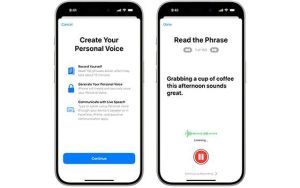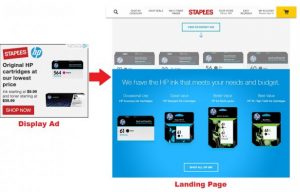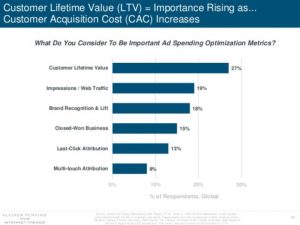Native ads are paid ads that match the look, form, and feel of the media format that they appear in. They seamlessly blend into the content that a user is viewing on their mobile device or desktop. As you’ll see in the native advertising examples in this blog, unlike banner or display ads, native ads don’t really look like ads, especially at first glance.
Native ads are a great solution for educating your audience. They align with content and blog posts in the way they are formatted, and so they can be used to convey information and answers that your audience might be looking for. They’re also a fantastic solution for marketers who want to escape walled gardens.
Their subtle nature makes native advertising circumvent any potential banner blindness because the reader doesn’t immediately feel like they are being served an ad. In fact, they are such an effective ad format that the U.S. that almost two-thirds of programmatic budgets now go to native ads, and native ad spend is expected to increase by 21% in 2021 to a value of $ 57 billion.
Native Advertising 101
Native ads look like they are an inherent part of the page they are found on—they are non-disruptive. The ads align with the content that a reader is already engaging with, and so a user is more likely to pay attention to them. It’s common now to see native ads in social media feeds, or they will appear as recommended content on a web page.
Much like content marketing, native ads work better when the content of the ad provides value to the reader. The content should be well-aligned with your target audience. Use it to address problems your target audience is trying to solve, or to provide valuable information that they’re looking for. The information can be presented in an easily digestible format, like a listicle or educational blog. This way, it’s simple for readers to learn from your content.
Regardless of whether your native advertising campaign goal is to build an audience or drive an action, the first step is to have an engaging piece of content for users to click through to. Once you have that piece of content, it’s time to pick a native ad format. To help you get acquainted with the available formats, we’re explaining three types and their benefits—with visual native advertising examples!
In-Feed Native Ads
In-feed native ads are the most common format of native advertising—primarily because of their “mobile-first” approach and their ability to drive users to advertisers’ owned media properties. In-feed ads function exactly how their name suggests! They appear within a website’s standard content stream, and are usually found on publisher content and news aggregation sites.
In-feed native ads enable advertisers to deliver branded content to users without disrupting their readers experience. Because they aren’t intrusive, this type of ad has a high acceptance rate—and increased user engagement for your campaign.
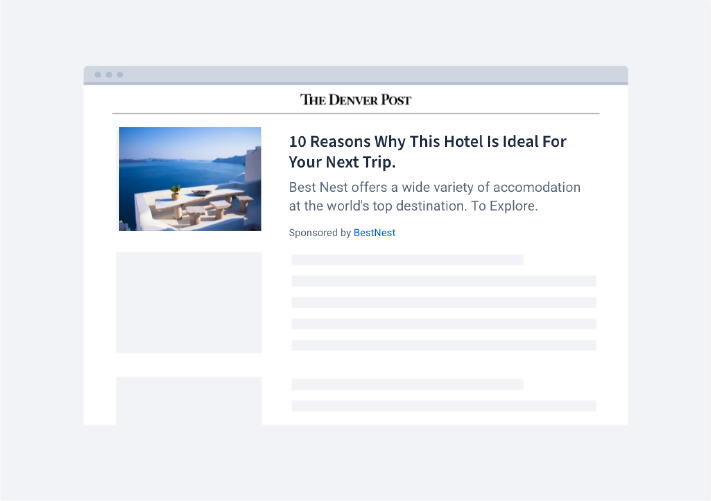
In-Ad Native
Just like in-feed native ads, in-ad native uses elements like image, headline, body and brand logo to match the look and feel of the media format they appear in. What makes in-ad different is where on a page it appears. Rather than showing up in a content feed, in-ad native ads appear within the display inventory of a page. Since in-ad uses the elements of native ads that make them so engaging, this type of ad can have great reach. It’s a good format to opt for when native inventory is limited!
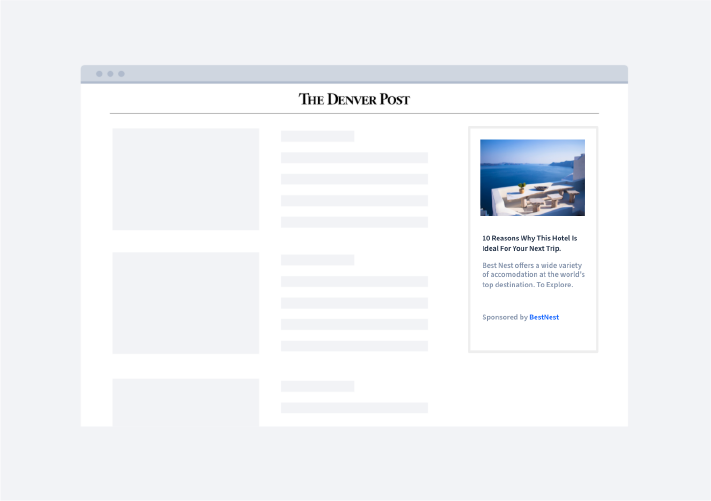
Content Recommendation
Content recommendation ads are usually found at the bottom of an article or in the footer of a landing page. This type of native ad is presented as a recommendation by the publisher, and so it appears as a content discovery widget. Content recommendation ads are cost-effective, but have other great benefits, too.
Content recommendation often earns high quality engagement because it catches users in the right moment. They’ve just finished engaging with a web page and are ready to click through to a new page. Because they are in a receptive frame of mind, they are more likely to click through to a content discovery widget.
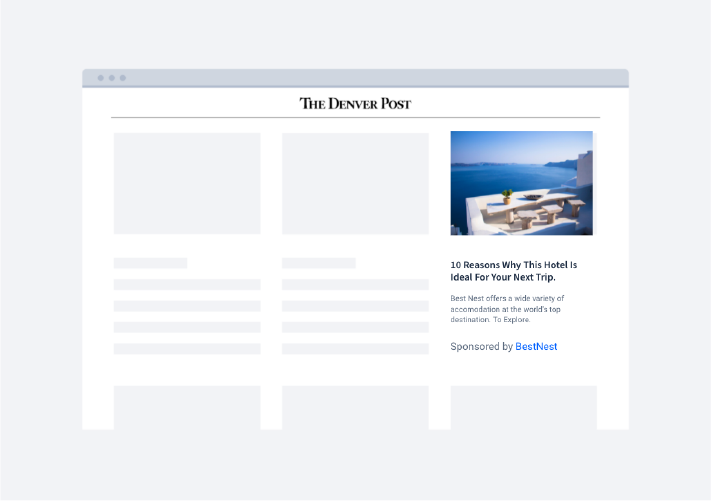
Native Advertising Best Practices
Regardless of which ad format you choose, native advertising can help you build audiences, drive an action, or promote content marketing efforts. It’s a great programmatic option because it taps into social proof. When a native ad appears on a publication that a user trusts, they are more likely to trust content or promotions that are promoted by that publication.
Ready to get started with native advertising? Here are 4 best practices to keep in mind:
- Make sure your demand-side platform (DSP) offers the inventory that best suits your campaign
- Build your native campaign around an engaging piece of content that provides value to readers
- Keep in mind that the publisher or exchange may arrange and render some or all of your assets in a native format appropriate for the page or app they’re displayed in
- Include post-click engagement in your campaign metrics to understand the reception and reach of the campaign
Digital & Social Articles on Business 2 Community
(47)

